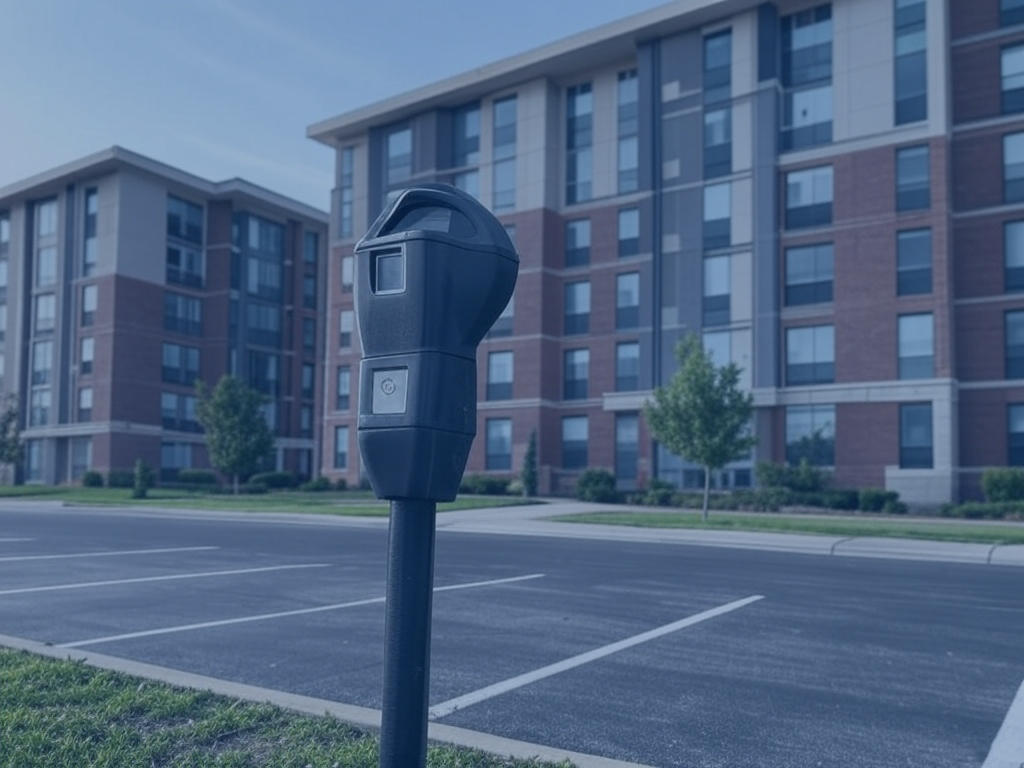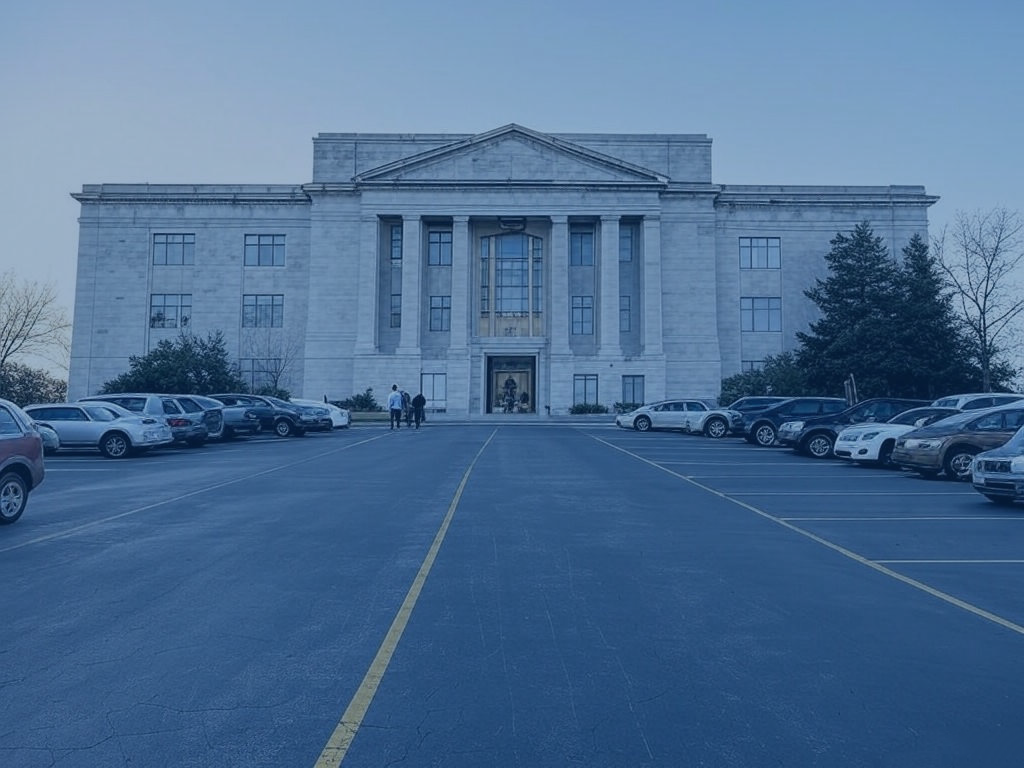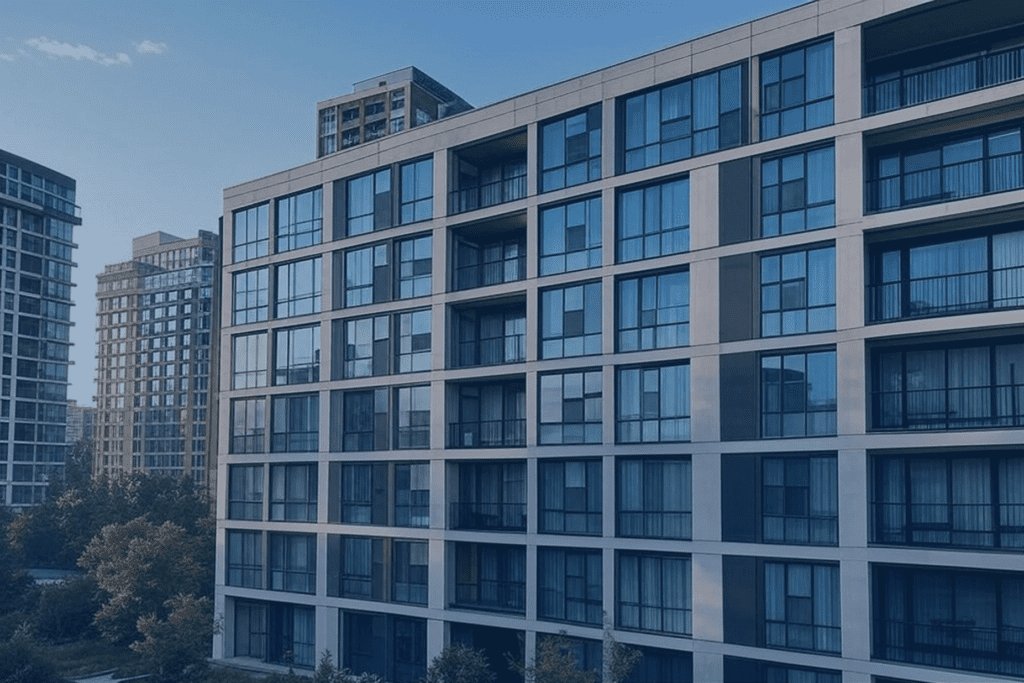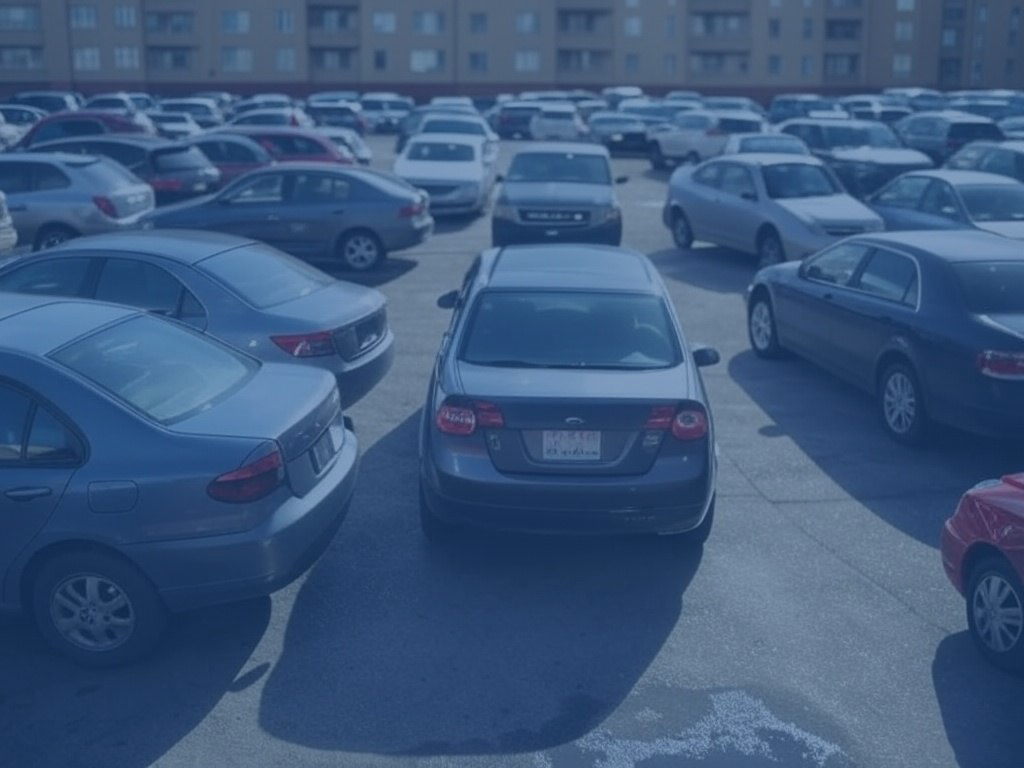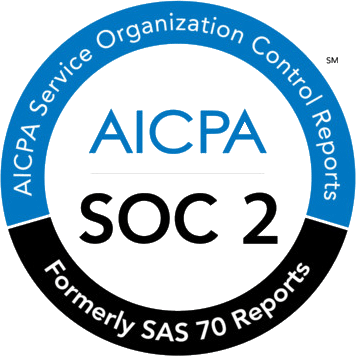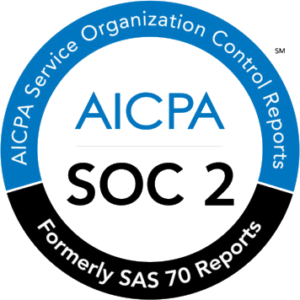The COVID-19 pandemic has reshaped the real estate industry, with many people relocating from bigger and more densely-populated cities to the suburbs or the outskirts. This is called the doughnut effect– which has led to the rise of housing prices in the suburbs (single-family home prices have increased by 7% in 2020) and the decline in prices of real estate properties located in the major city centers.
The doughnut effect is tied to four key factors:
Table of Contents
ToggleRemote work arrangement since the start of the outbreak
An October 2021 survey conducted by Pew Research Center showed that 71% of employees are working from home, while 64% of those working remotely said that their workplace was closed or completely inaccessible to them during that period.
The ability to work from home or anywhere has led to the mass exodus of people from central business districts to the more peaceful suburbs, where you can get a sizable single-family home for the same price of a small apartment unit in the city.
The pandemic has dramatically affected our lives and relationships, and in the US alone, 52% of young adults aged 18 to 29 are found to be living with their parents during the pandemic.
Aversion to dense areas for fear of the virus
There is a positive correlation between population density and the number of SARS-CoV-2 infections in a certain area. For people with options, it makes sense to move out of apartment buildings and condominiums and transfer to the suburbs where space is bigger and there are wider distances between homes.
The inability to access amenities in the city due to the lockdowns
Cities and urban areas were among the hardest hit during the pandemic, which led to lockdowns and temporary closures of commercial establishments, disrupting the way people get their basic needs in these locations.
The economic shock from the COVID-19 outbreak
The effect of COVID-19 on the global economy is three times worse than the 2018 financial crisis. With all these financial uncertainties, people found suburbs, with their perceived cheaper and lower cost of living, to be a more sustainable option.
In spite of the huge shift to remote work arrangements, real estate demand in commercial districts had remained relatively flat in 2020. Companies were taking a wait-and-see approach and hoping for the best that all will be back to normal soon.
One and a half years into the pandemic, employers are now realizing that remote work or at least partially in the form of hybrid work setup, is here to stay. What was thought to be a temporary arrangement could become our workplace of the future, and many are speculating that COVID-19 will change the way we work forever.
This has led to questions as to whether to maintain current workspace size or if downsizing the office is a better option.
Paul Stapley, Vice President in the Project Management Team of WSP Canada said, “Companies could see this as an opportunity to downsize, to reduce operating costs and invest more in technology.”
What does the office of the future look like, and what kinds of technology are being used to support this transition?
Companies will keep the office as a status symbol and for specific purposes only
A prestigious business address in a major business district is still beneficial for brand equity and influence, and most companies will still want to keep this address in their business card.
However, with fewer employees reporting to the office at any given time, many organizations will opt for an open floor plan, where people will be more spread out but will be working in the same communal area with others. Private small offices or bigger conference rooms, equipped with video conferencing tools, will be available on a reservation basis.
Specific business purposes might benefit more from in-person interaction, such as brainstorming sessions, recruitment of talent, onboarding orientation, and practical hands-on training. These can be prioritized when it comes to space and seat reservations.
Employers will want to extend more flexibility to employees in deciding on their work schedule, but should maintain control on the number of the people reporting to the workplace during the same shift. You will not want to be blindsided by a sudden influx of people crowding your available space, which will compromise safety and social distancing.
Fortunately, there are several workspace management softwares that can help you with hot desking, scheduling and reservations management. Some of the more popular ones are Meetio Desk and Roomzilla.
For employee parking, Wayleadr.com offers a specialized system for the handling of your parking spaces. Employees who plan to report to the office can check parking slots availability on that day and make the necessary reservation.
Face-to-face meetings will be replaced with virtual meetings, emails or instant messages
While some activities will benefit from in-person interaction, many others can be held virtually or might even be resolved efficiently via email or your preferred communication technology.
The past months of remote working have further confirmed what we suspected all along- many meetings could have been an email. A quick call or virtual meeting would also suffice, in case there are some clarifications needed.
The decreased need for face-to-face meetings is also a major factor that supports downsizing of the office. Instead, companies are investing on video conferencing tools, such as Zoom, Google Meet, Microsoft TEAMS, and in team productivity and communication applications, such as Asana, Trello or Slack.
Companies will aim to make the workplace COVID-19-resistant
Dealing with COVID-19 infection cases in the workplace can be nerve-wracking. It disrupts the work schedule, as cleaning and disinfection need to be done; it creates fear among other employees who interacted with the positive case; it generates questions on people’s mind whether the company is employing best safety practices.
With the fast transmission of COVID-19, it is inevitable that employees will get infected. But the company will be judged more on how efficiently it responded to the situation, identified patterns and close contacts, and curtailed the spread of the infection within your workplace.
Having the complete and right data is essential to our fight versus COVID-19. And the softwares and apps you use can automatically gather information for you.
The Appian app provides a platform for employees to do a daily health checklist, self-report their symptoms, request for help and gather answers about COVID-19.
Consolidating data from Appian, your workplace scheduling software and Wayleadr.com will give you a complete picture of where the infected person went on a certain day and time, who were the individuals who stayed and parked his vehicle close to his- and these are vital in helping you determine who the close contacts are and if there are infection patterns in the workplace.
Technology and automation would become top priority
A bit of bad news for employees… The advancement in technology has introduced artificial intelligence (AI) and machine learning (ML) that can eventually replace human work.
Forbes gives a list of work functions that can be automated:
- Customer service / customer management
- Market testing
- Data analysis
- Cybersecurity and data privacy
- Measuring and forecasting
- Recruiting
- Brand management
- VPN access
- Email marketing
- Call monitoring
In addition, manufacturing plants have already started adding robots into their production line, decreasing human intervention for certain parts of the process.
Machines may have a smaller margin of error, work faster, and more importantly, they do not get sick.
However, automation entails high investment costs and if there are parts of the process that still require a human touch (are customers comfortable with talking to a machine only?), they may not always be the best option.
Given the impact on costs and possible job loss for affected employees, to automate or not is a major decision, and one that should be made carefully and conscientiously.
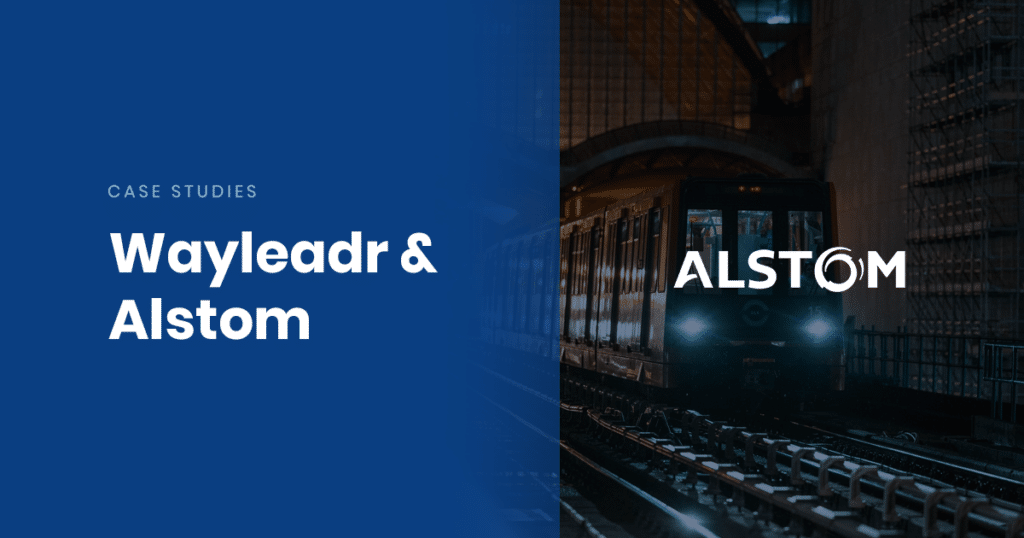
The COVID-19 pandemic has definitely accelerated the advancements in the field of technology. It is changing the workplace landscape forever and has made full time work at the office and the regular 9-5 work schedule things of the past.
In choosing your technological tools, make sure that they can help you create the best post-COVID-19 work environment for you and your employees.
Best of luck with your transition!
You need a robust parking management software to help you adapt to the increased demand for parking spaces, data integration and safety in the redefined workplace normal. Go with the undisputed market leader, Wayleadr.com.
Join industry leaders from companies like Sanofi, Indeed.com & CBRE, schedule a demo with Wayleadr.com today and solve your parking problems in the click of a button.

